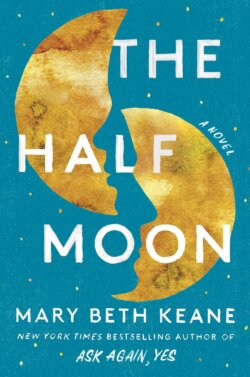Early in his freshman year at Yale in 1973, Nate Reminger encounters his classmate Farrell Covington: “Farrell wasn’t simply my cultural opposite, a blinding sun god to counter my pale, Jewish, brown-haired, generous-nosed eagerness. He was a genetic accident, a green-eyed, six-foot-three-inch, broad-shouldered gift, and yes, there were dimples when he smiled.” Farrell, also a freshman, lives in a swanky townhouse with a butler, and he speaks as if he’s in a Cole Porter production, with a voice like a person who’s “been raised by a bottle of good whiskey and a crystal chandelier.”
Farrell happens to be the scion of the very conservative, very Catholic, immeasurably wealthy Covington family of Wichita, Kansas. And narrator Nate, who knows he’s gay but never had so much as a kiss, is shocked when Farrell declares that he may be in love with Nate. This opening section of Paul Rudnick’s novel Farrell Covington and the Limits of Style is especially strong, offering a mini coming-of-age story that’s filled with new friends and well-grounded in both place (the Yale campus and New Haven, Connecticut) and time (the early 1970s).
After a whirlwind freshman-year romance, Nate and Farrell are separated when Farrell’s flinty homophobic father blackmails his son into leaving Yale and promising to never see Nate again. It’s no spoiler to say that Nate and Farrell do indeed see each other again; the novel follows them for almost 50 years. Nate narrates the forces that keep the two apart and Farrell’s ingenious measures to bring them together, along with the ups and downs of late 20th-century gay life—the vibrant downtown club and disco scene of the ’70s, and the AIDS crisis and its effect on both Hollywood and New York’s theater world. But while Farrell Covington and the Limits of Style is heartfelt, it’s rarely somber. It’s a good-natured romp through the decades, with a large cast and plenty of clever quips and throwaway lines.
Rudnick is a novelist, playwright and screenwriter, and here he draws on his own life, sometimes to comic effect. (Rudnick wrote the play I Hate Hamlet and the screenplay for the movie Sister Act, while Nate writes the play Enter Hamlet and the screenplay Habit Forming.) Because it covers so much time and summarizes much of the action, Farrell Covington and the Limits of Style occasionally feels more like the outline for a novel than a novel itself. Still, it’s a warmhearted, funny story with unexpected twists and to-die-for settings, a sweet recounting of a 50-year romance.


























































